Turkish obstruction keeps Armenian memorial in public eye
It is ironic that by blocking the construction of a memorial in Geneva to the Armenian genocide for years, Turkey has made this monument more alive than if it had been built.
Austrian writer and philosopher Robert Musil talked in one of his works about the paradox of building monuments. Although they are erected in the public space to be seen, they tend to disappear from conscious view and condemned to the ocean of forgetfulness. “Nothing in the world is less visible than monuments,” he wrote. “There is no doubt they are erected to be seen and draw attention. But they are at the same time `waterproofed` and people’s attention to them is like water off a duck’s back.”
Will it be the same for Melik Ohanian’s proposed work entitled “Streetlights of Memory”? Once it is constructed, will it continue to evoke passions, or will it gradually fade into the background, becoming just another part of the urban scenery? We might know soon, since a recent judicial decision has opened the way for construction of this monument.
The saga began in 2005 when the Geneva administrative council approved the idea of a monument to the Armenian tragedy. The Armenian genocide was recognized by the parliament of Geneva a few years earlier in 2001 and by the Swiss Federal ParliamentExternal link in 2003. The 1915-1917 genocide left more than a million Armenians dead, according to most historians. As the turn of the century approached, the small Armenian community in Geneva sought to fight against the denial of the Turkish state and for the construction of a monument “to tell the world”. “We want a monument to put the reality of the Armenian genocide before the eyes of everyone, including the Turks,” explains artist Anna Barseghian and philosopher Stefan Kristensen, leading figures in this campaign.
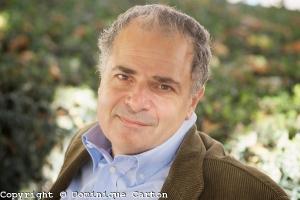
“So that the world will know”
Following this initiative, Geneva MPs approved on December 8, 2007 the M-759 parliamentary motionExternal link to “mark the collective memory of Geneva citizens and Armenians”. The task was to be shared. The Armenian community would pay for the monument, whilst the City of Geneva authorities would donate a public space for its location and take care of maintenance. After an international competition organized by the City of Geneva Contemporary Art FundExternal link (FMAC), the “Streetlights of Memory” project was unanimously selected on November 8, 2010. The jury was composed of members of the art world, representatives of the City of Geneva and the Armenian community. They described these eight-metre high “streetlights”, which were their first choice, as follows: “The lamppost is engraved with texts on trauma, the transmission of memory and which have been chosen for their universal resonance. A chrome-plated tear, in which you can see your own reflection and that of those around you, replaces the bulb. When night falls, it is illuminated in luminous orange like a candle flame from a source on the ground.”
And so began attempts to block the construction of this monument. The prestigious space initially chosen in the old town of Geneva encountered opposition from the inhabitants – prompted secretly by the Turkish consulate, according to some allegations. It was also refused by the Monuments and Sites commission, which considered that a work evoking the Armenian tragedy was not appropriate in old Geneva, especially since it is classed as a heritage site.
“Risk of reprisals against Switzerland”
A new site was designated, the Ariana Park, right next to the United Nations headquarters in Geneva. This is strongly symbolic, since it would now be not only the people of Geneva but also the international community that would see the monument. Ankara redoubled its pressure to stop this initiative and it paid off. The UN suggested unofficially to the city not to adopt this site. At the Swiss government level, cabinet minister Didier Burkhalter, in charge of foreign affairs, also bowed to pressure from Ankara. In a December 2014 letter to the Geneva authorities he wrote that the “Streetlights of Memory” work placed so near to the UN “risks perturbing the serenity and impartiality necessary in Geneva’s multilateral space” and carries “a very serious risk of reprisals from various states which could harm the interests of international Geneva and so of Switzerland”. This was a veiled allusion to the fact that Turkey was planning to set countries of the Organization of Islamic Cooperation (OIC) against Switzerland if the monument was erected there.
Given these obstacles, the Geneva municipality chose the Tremblay Park as a third site for the “Streetlights of Memory”, still in search of a place of asylum on Geneva’s soil. Some 15 inhabitants took action against this, on grounds that the monument would allegedly cause disturbance. They were supported by right-wing nationalist UDC MP Yves Niedegger, whose party wants to scrap Article 261b of anti-racist legislation that sanctions genocide denial. But the opponents’ case was rejected by the Geneva administrative court on March 16 this year. They may still appeal, so the saga is not yet completely over.
Meanwhile, the “Streetlights of Memory” found a temporary home in Venice in 2015 in an exhibition marking the 100-year anniversary of the Armenian genocide. The Streetlights were shown disassembled and scattered, awaiting a new journey and still in search of a permanent home.
So Robert Musil was right. The twelve long years of opposition to the construction of this monument drew media attention, led artist Melik Ohanian to write a book about the ongoing saga, created a diplomatic mini-crisis between Turkey and Switzerland involving the UN, and also led the artist to re-imagine the work in Venice as a metaphor for the impossibility still today of rising above the denial of the Turkish State. Will the monument’s future be as rich once it is erected?
The views expressed in this article are solely those of the author, and do not necessarily reflect the views of swissinfo.ch.
The article originally ran on the website justiceinfo.netExternal link.
swissinfo.ch publishes op-ed articles by contributors writing on a wide range of topics – Swiss issues or those that impact Switzerland. The selection of articles presents a diversity of opinions designed to enrich the debate on the issues discussed.

In compliance with the JTI standards
More: SWI swissinfo.ch certified by the Journalism Trust Initiative



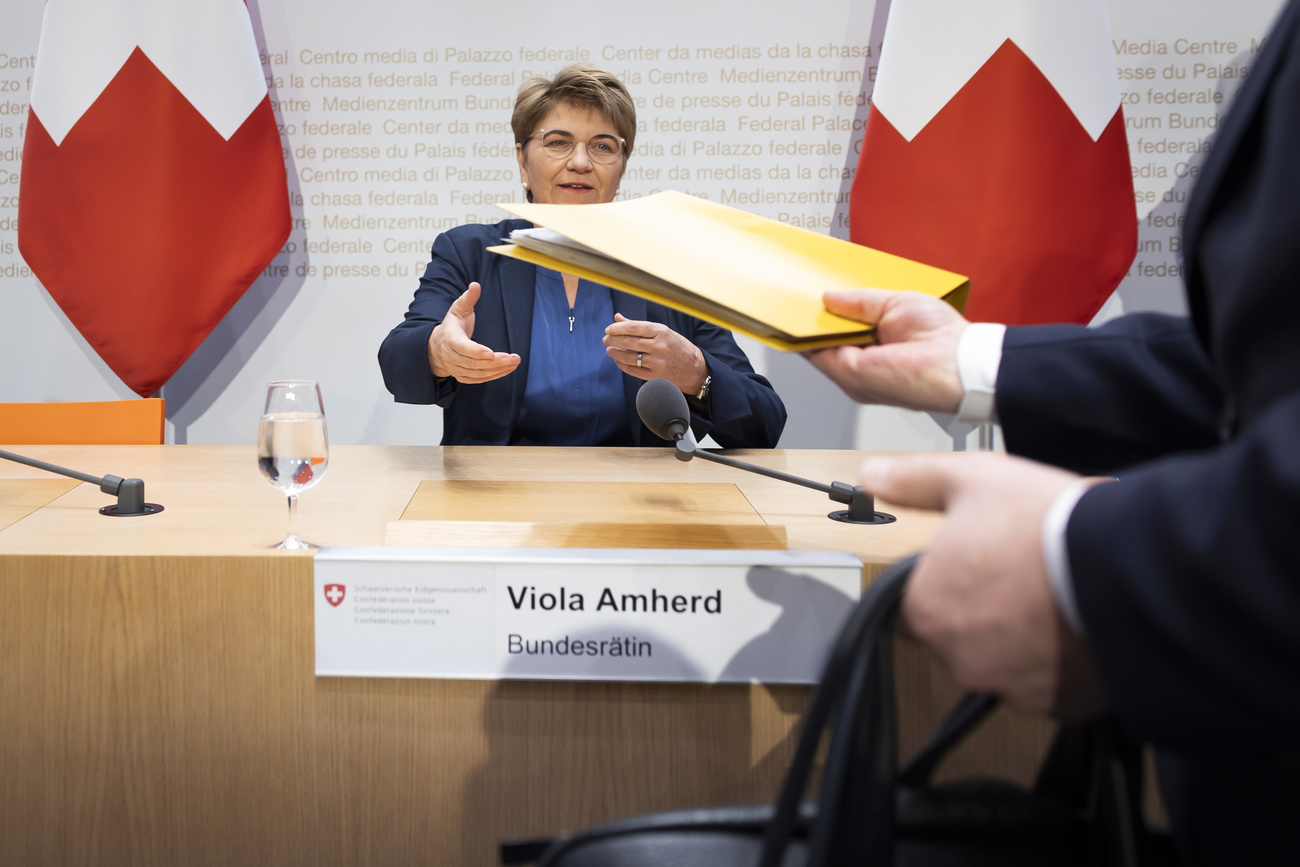

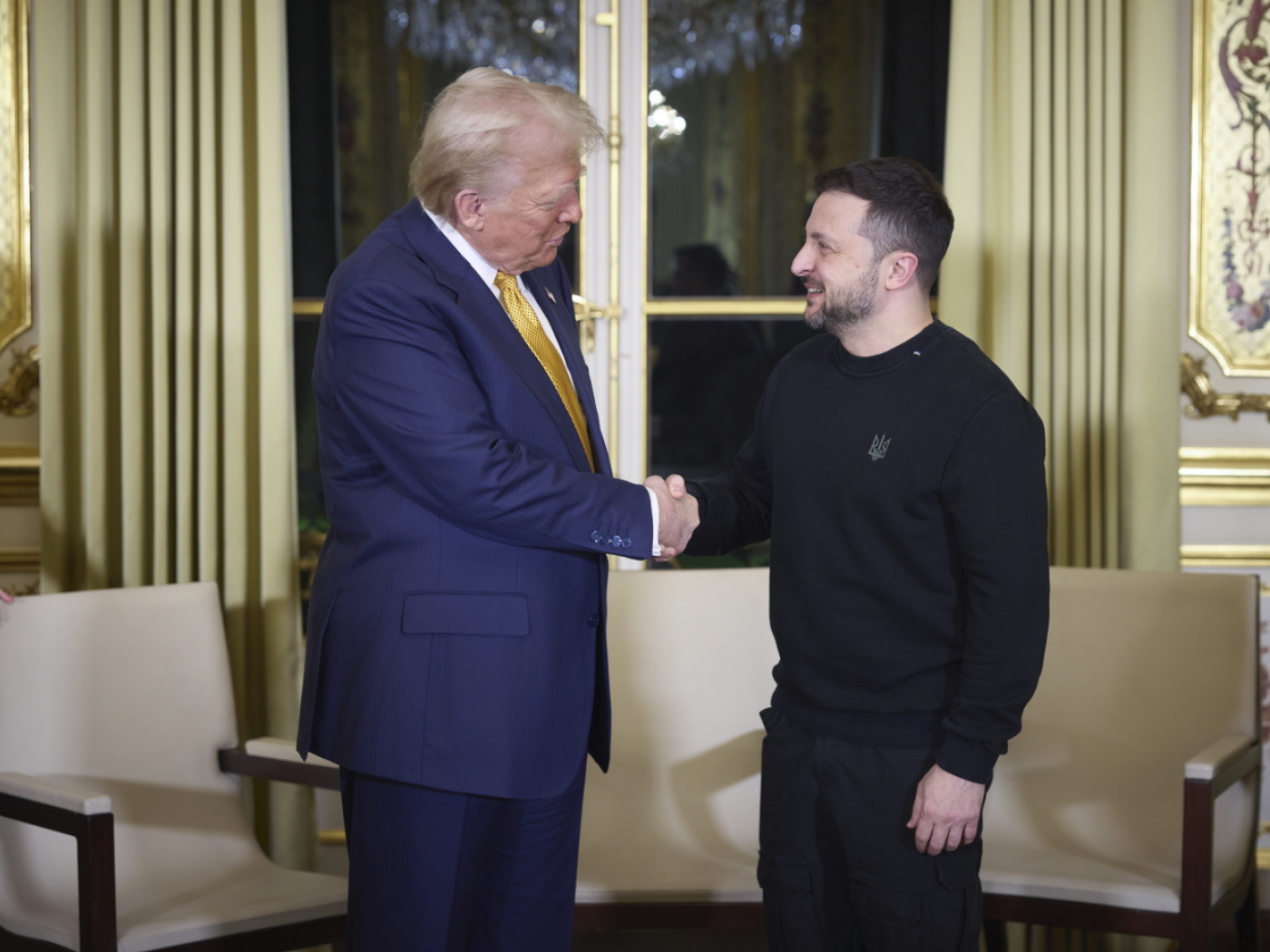



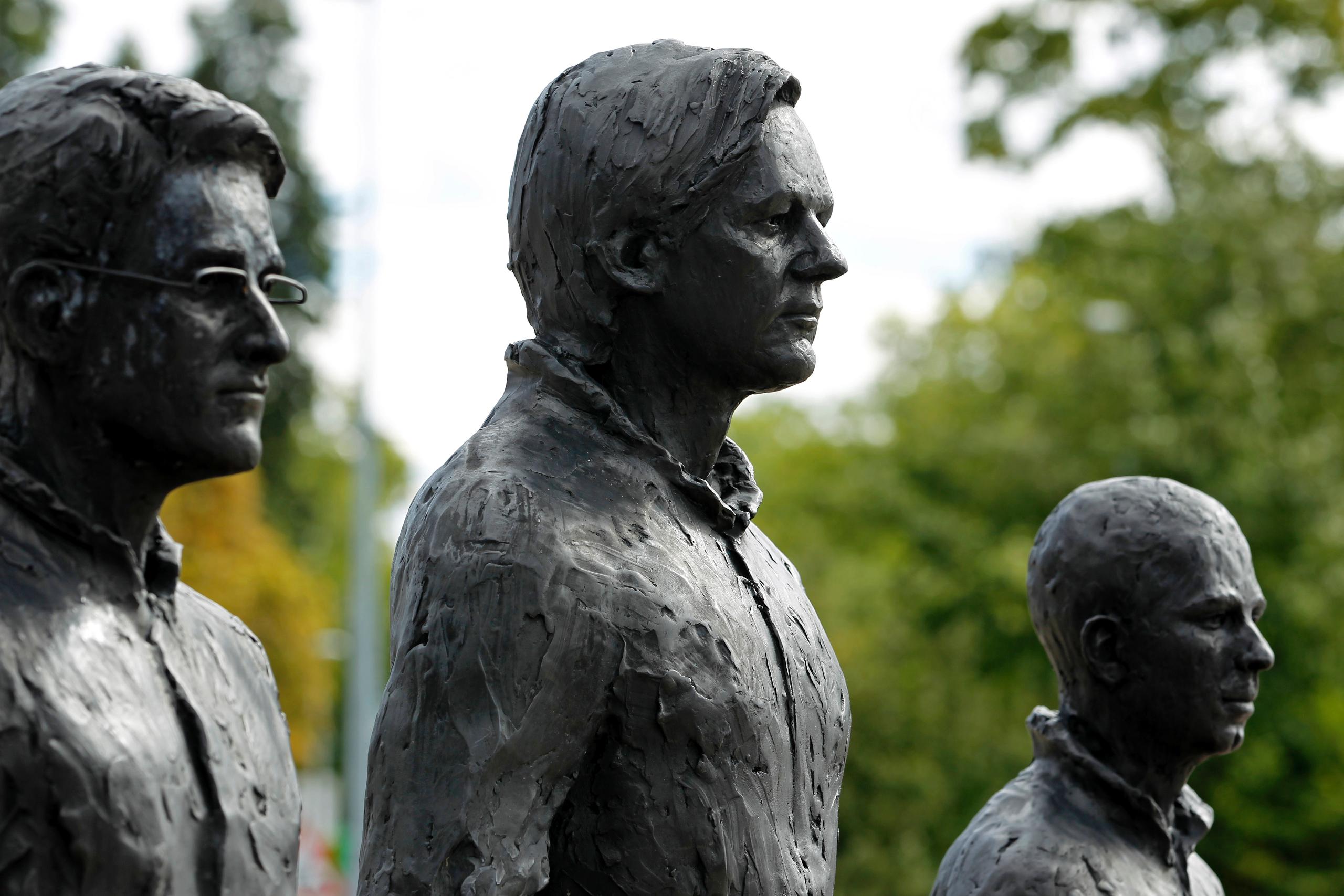
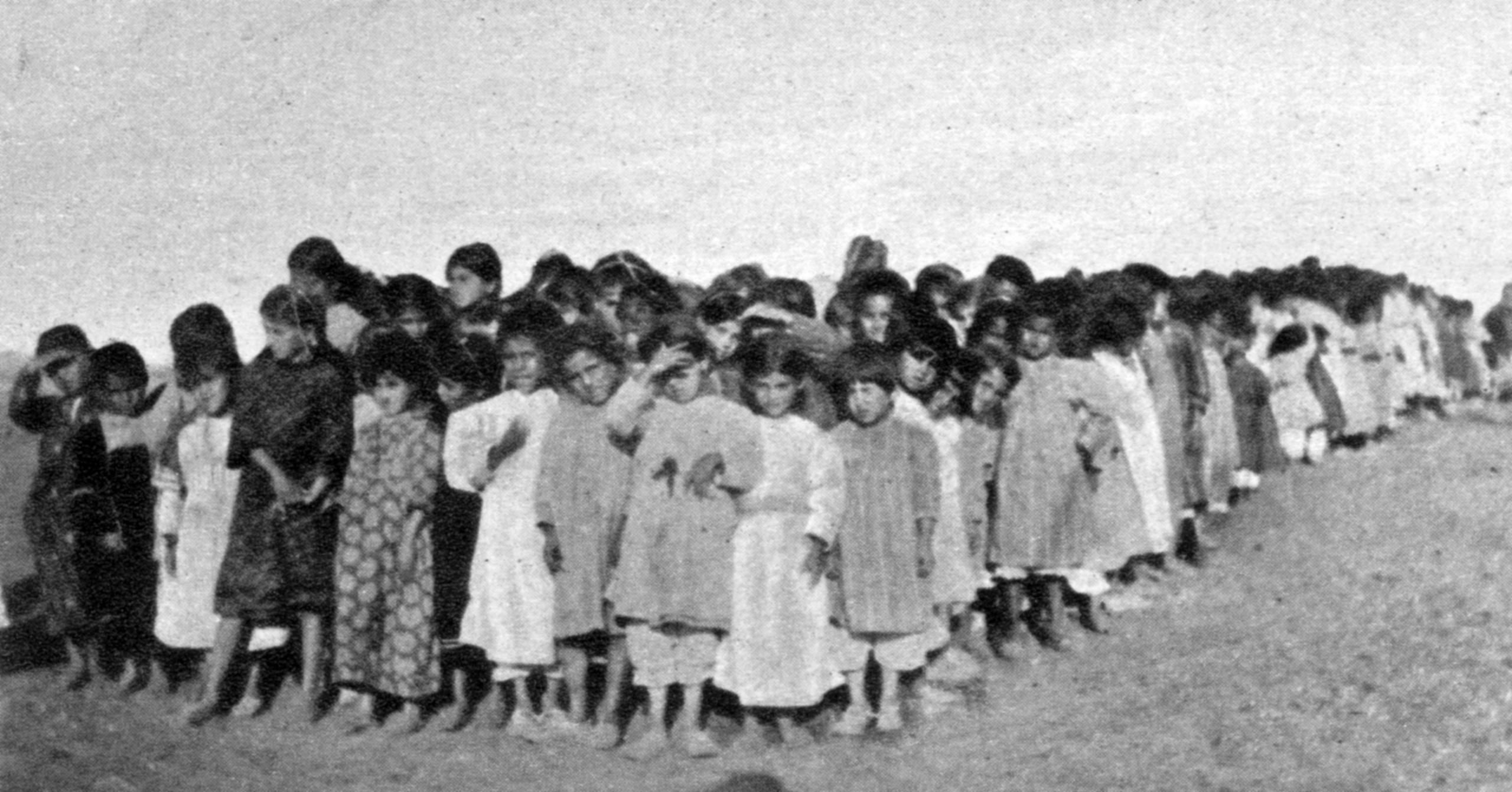
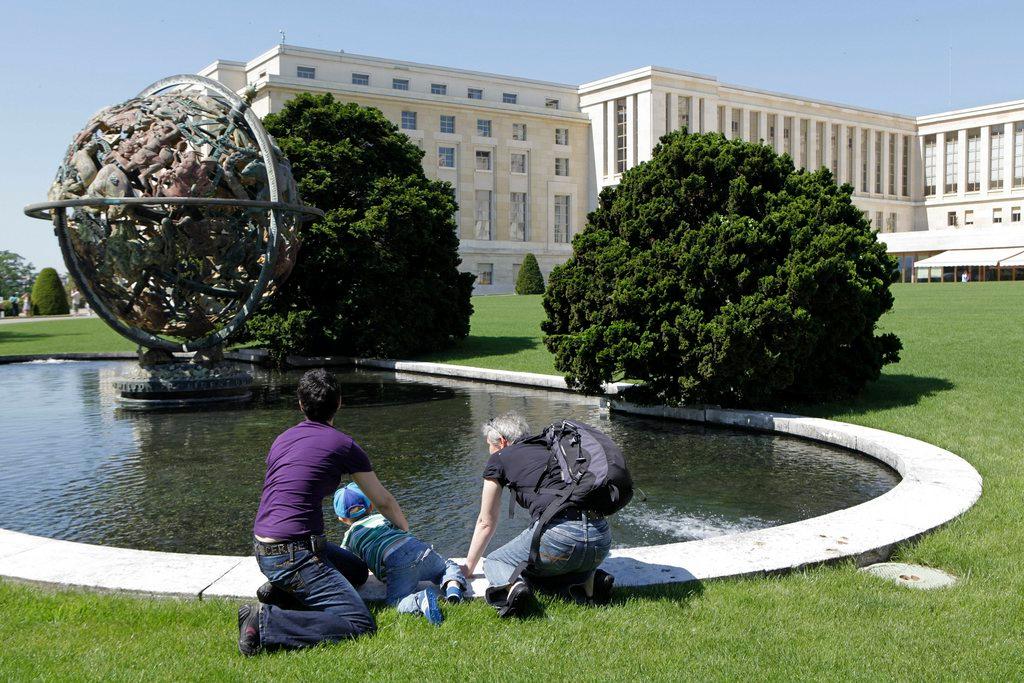
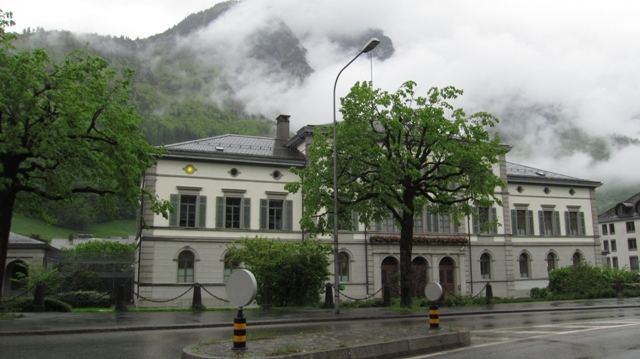
You can find an overview of ongoing debates with our journalists here . Please join us!
If you want to start a conversation about a topic raised in this article or want to report factual errors, email us at english@swissinfo.ch.